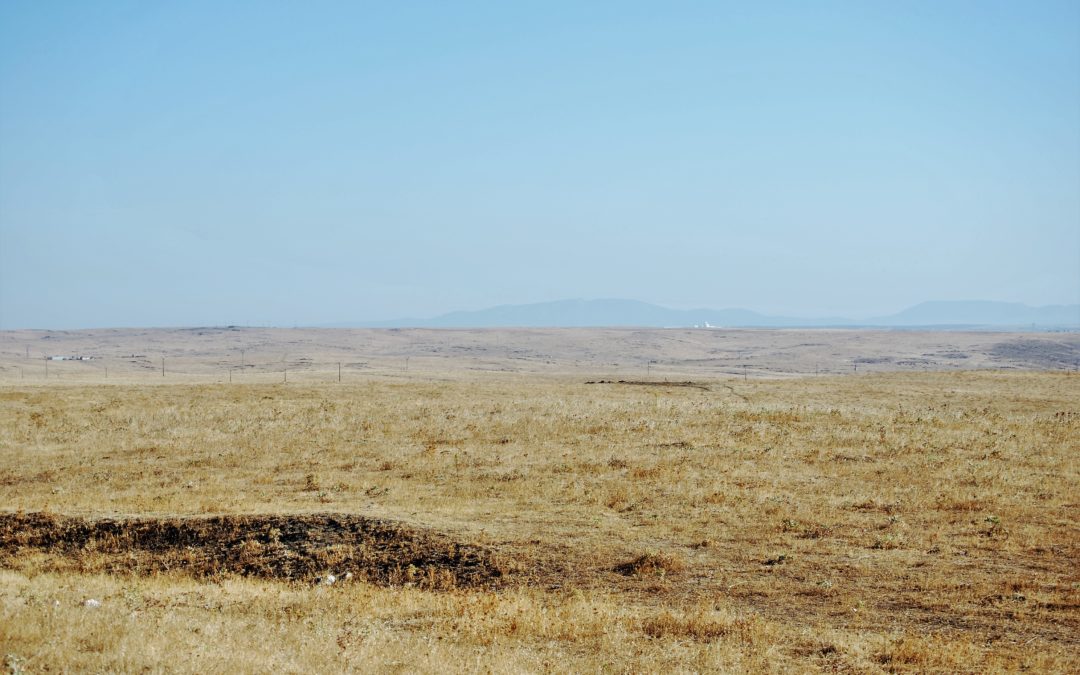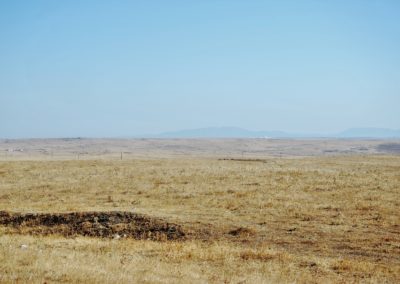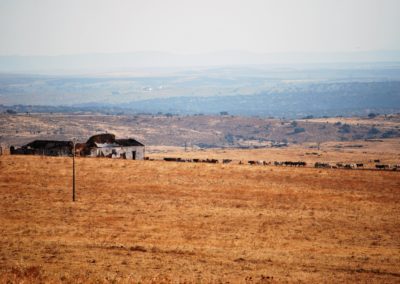Llanos de Cáceres and torta del Casar
DOI: 10.5281/zenodo.7607504
Countryside and inland and coastal plains model
Authors: Felipe Leco Berrocal and Antonio Pérez Díaz
Overview of SAMUTER
SAMUTER will analyse the interrelationships between the natural and human conditions of the territory where Torta del Casar is produced and elaborated. The study will be carried out taking into account, firstly, the contexts of globalisation of the world market and, secondly, local economic diversification based on endogenous resources.
1. Environmental sustainability
In territorial terms, ‘Torta del Casar’ is produced mainly in the ‘Llanos de Cáceres y Sierra de Fuentes’ region, although it also includes municipalities in the nearby ‘Sierra de Montánchez’. This is an area of great agro-ecological potential, with extensive livestock grazing pastures standing out above all; These treeless pastures are part of the Extremadura Network of Protected Natural Spaces (Regional Interest Area “Llanos de Cáceres y Sierra de Fuentes” and Regional Interest Area “Sierra de San Pedro”) and of the Natura 2000 Network (SPA and SAC “Sierra de San Pedro” and SPA “Llanos de Cáceres y Sierra de Fuentes”) due to their uniqueness and exceptional flora, fauna and geological resources.
2. Territoriality and agri-environmental policies
The study territory covers around 450,000 ha, distributed among the following municipalities: Albalá, Alcuéscar, Aldea del Cano, Aliseda, Almoharín, Arroyo de la Luz, Arroyomolinos, Benquerencia, Botija, Brozas, Cáceres, Casas de Don Antonio, Garrovillas, Herreruela, Hinojal, La Cumbre, Malpartida de Cáceres, Monroy, Montánchez, Navas del Madroño, Plasenzuela, Ruanes, Salvatierra de Santiago, Santa Ana, Santa Marta de Magasca, Santiago del Campo, Sierra de Fuentes, Talaván, Torremocha, Torreorgaz, Torrequemada, Torre de Santa María, Valdefuentes, Valdemorales, Zarza de Montánchez.
According to the Corine Land Cover, grassland (51.5%) and pastureland (30.2%) are the predominant land uses in this area, and form the territorial basis for the extensive sheep farming that gives rise to the “Torta del Casar” PDO.
3. Relations between production, processing, marketing and consumption
The relationships within SAMUTER ‘Torta del Casar’ form part of a complex system of relationships in which the producers (registered livestock farms), the processing industries and the distribution networks (preferably the processors) are part of a production-processing circuit with a local radius of action (the registered livestock farms and the processing industries will be analysed), although marketing is on a national and international scale (possibility of assessing the marketing of the final product).
Currently, as of 28 September 2021, there are only 6 Certified Cheese Industries (four of them in Casar de Cáceres, one in Cáceres and one in Almoharín). Taking into account the size of the production area (36 municipalities) and the concentration of the few certified cheese factories in one locality, the possibility of analysing the loss of value of the concept of ‘origin’ in the PDOs will be assessed.
4. Good governance
The ‘Torta del Casar’ agri-food system is structured through the PDO Regulatory Council, whose functions are set out in ORDER APA/1144/2002 of 6 May 2002 ratifying the Regulations of the ‘Torta del Casar’ Designation of Origin (B.O.E., No. 123 of 23 May 2002). Article 14.1 states that the Regulatory Board is responsible for the registers of livestock farms, milk collection centres and cheese factories. The role played by the Regulatory Council in certifying the PDO process and in publicising and marketing the product is essential to its development, and the ‘Tagus’ Local Action Group has carried out an important project for the rural development of the region based on the ‘Torta del Casar’ resource.





Recent Comments